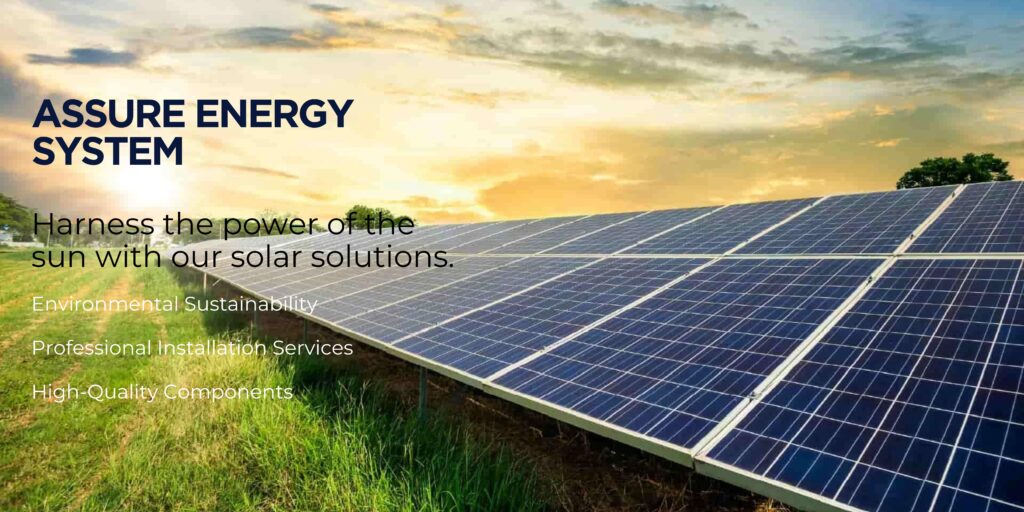Solar panel installation is the process of placing solar panels on a property to convert sunlight into electricity. Here’s an overview of the key steps involved in a typical solar panel installation:
1. Site Assessment Solar panel
- A professional installer visits the site to assess the roof’s condition, direction, and shading. The roof should ideally face south (in the Northern Hemisphere) with minimal shading for optimal efficiency.
- The structural integrity of the roof is also evaluated to ensure it can support the weight of the solar panels.
2. System Design
- Based on the assessment, a solar system is designed to meet your energy needs. Factors like panel type, size, inverter options, and battery storage (if desired) are considered.
- The design includes the number of solar panels, the positioning, and wiring plans.
3. Permitting and Paperwork
- Local regulations may require permits before installing solar panels. The installer usually handles this paperwork, which may involve submitting plans to local building authorities or the utility company.
- If there are any incentives or rebates available (like tax credits or net metering), the installer can help with the necessary applications.
4. Installation Solar panel
- Mounting the Panels: Roof mounts are installed to support the solar panels. These mounts are typically drilled into the roof rafters.
- Placing the Panels: The solar panels are then secured to the mounts, and care is taken to ensure proper orientation and tilt for maximum sunlight exposure.
- Wiring: Electrical wiring is run from the panels to the inverter, which converts the direct current (DC) generated by the panels into usable alternating current (AC) for your home.
- Inverter Installation: The inverter is installed near your electrical panel, either inside or outside the house.
- Battery Installation (optional): If a solar battery is part of your system, it will be installed to store excess energy for later use.
5. Inspection and Interconnection Solar panel
- After installation, an inspector will visit to verify the system’s safety and compliance with local codes.
- Once approved, the system is connected to the grid. In grid-tied systems, this allows you to draw electricity from the utility when needed and send excess solar energy back for credit through net metering.
6. Monitoring and Maintenance Solar panel
- Many modern solar systems come with monitoring software, allowing you to track the system’s performance.
- Maintenance is typically minimal, with occasional cleaning and annual inspections to ensure everything operates efficiently.



